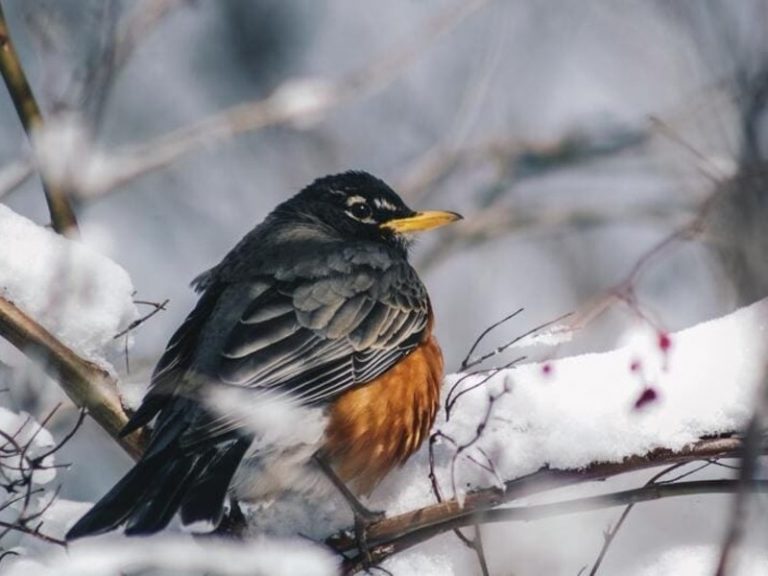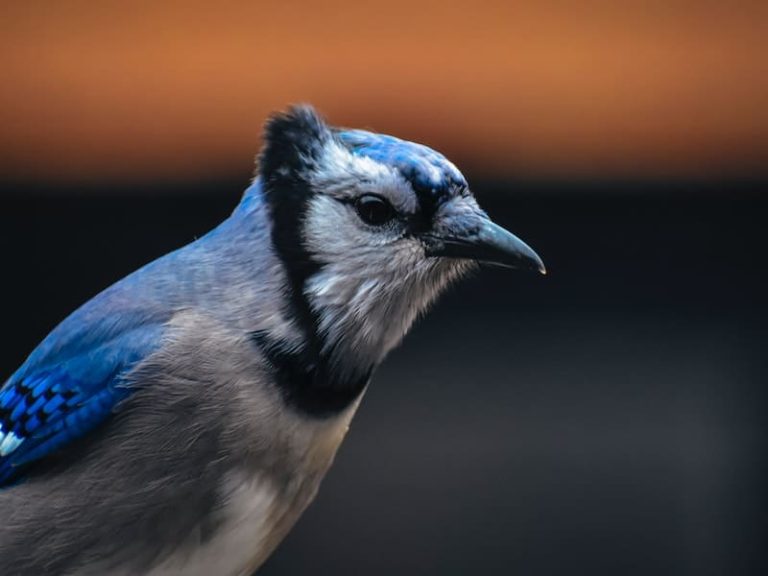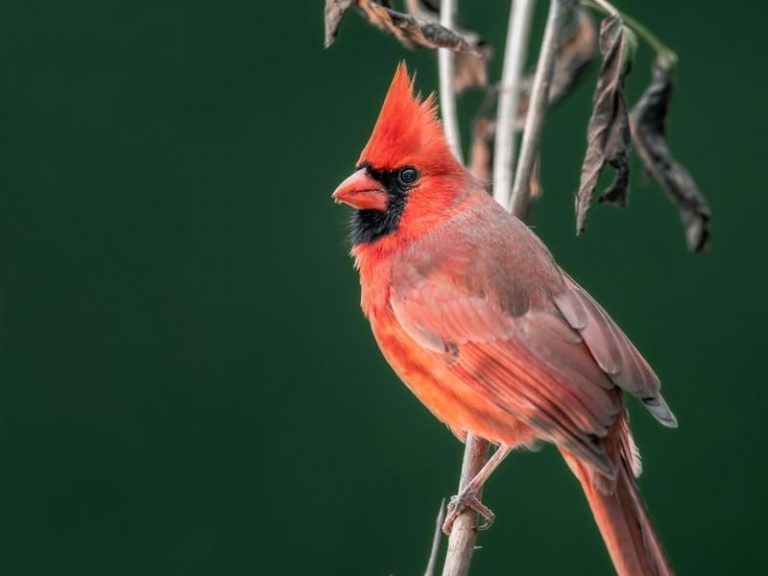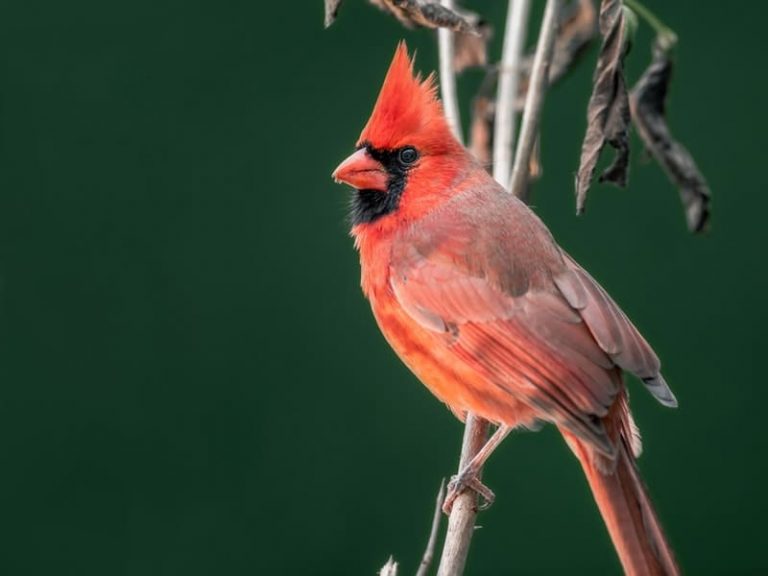How Far Can A Peacock Fly?
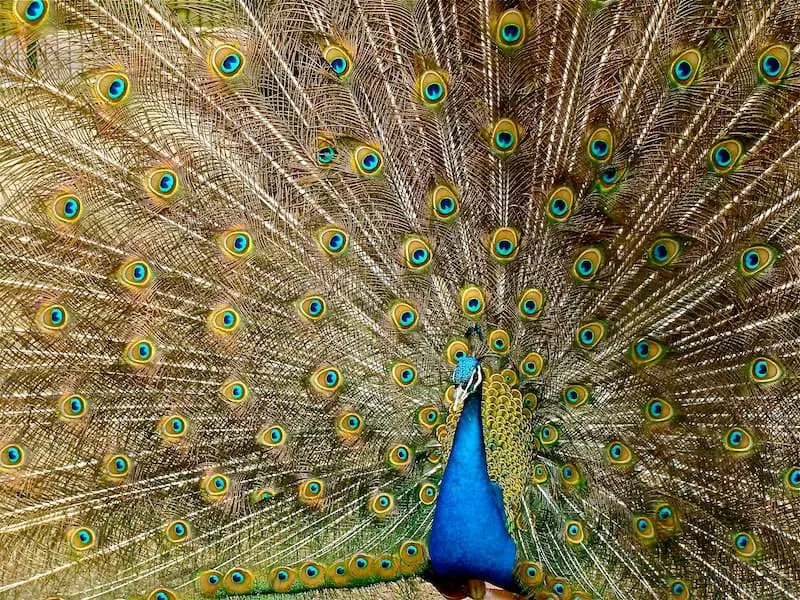
Have you ever wondered how far can a peacock fly? How about a toucan or an ostrich? In this blog post, we will explore the flying abilities of some of the world’s most exotic birds. We will also discuss some of the factors that determine how far a bird can travel. So, without further ado, let’s get started!
How Far Can A Peacock Fly?
The peacock is a species of bird that is native to Asia. The males of the species are well-known for their colorful plumage, which they use to attract mates. The females are usually brown or gray in color. Peacocks are also known for their loud calls, which can be heard up to half a mile away. But how far can a peacock fly?
There is no definitive answer to this question, as peacocks have been known to fly both short and long distances. In general, however, peacocks seem to be able to fly further than most other birds of their size. One study found that peacocks can fly up to speeds of 25 miles per hour and cover distances of up to 1,000 feet in a single flight.
So while the exact distance that a peacock can fly may vary, it is clear that these birds are capable of covering significant distances through the air.
How Do Peacocks Fly?
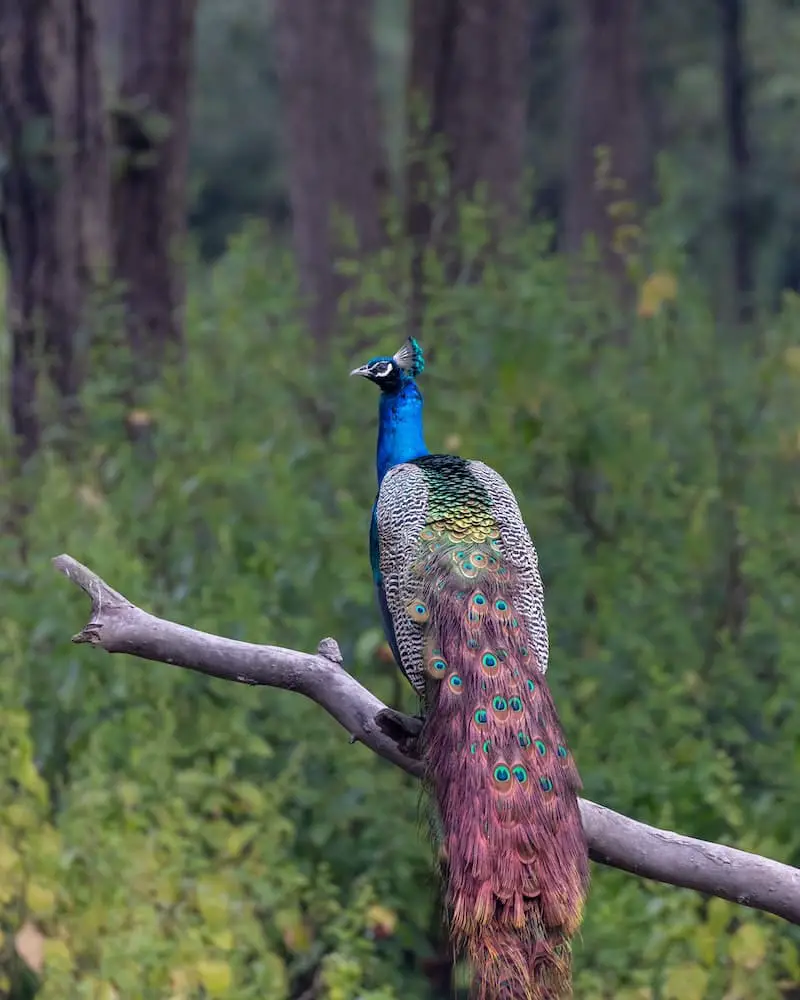
If you’ve ever seen a peacock in flight, you may have wondered how such a large bird with such beautiful feathers can get airborne. Peacocks are heavy birds, and their wingspan is relatively short. Still, they manage to take off and stay in the air. If you want to know how, read the lines given below.
The key to how peacocks fly lies in their feathers. Peacock feathers are different from the feathers of other birds in several ways.
- First, they’re much more stiff and rigid. This helps them support the weight of the peacock’s body as well as provide lift.
- Secondly, peacock feathers have a unique structure that allows them to trap air. This helps the bird stay buoyant and makes it easier for them to fly.
When a peacock wants to take off, it first spread its tail feathers out wide. This creates a large surface area that can trap air.
The bird then flaps its wings rapidly, using the trapped air to help them lift off the ground. Once they’re airborne, the peacock can use their tail feathers to steer and keep themselves balanced.
Now that you know how peacocks fly, you can appreciate their aerial acrobatics even more! Next time you see a peacock in flight, take a moment to admire the engineering of their feathers and how they use them to stay aloft.
How Fast Can Peacocks Fly?
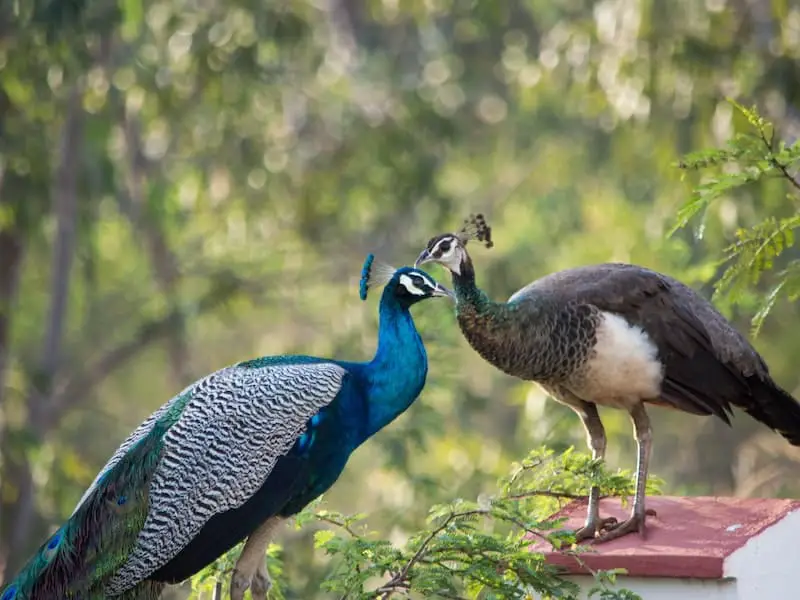
Peacocks are actually quite slow in the air, only reaching speeds of up to 15 miles per hour. However, they make up for this lack of speed with their agility.
These birds are not built for sustained flight and typically only stay in the air for short periods of time. Peacocks are able to change direction quickly and easily, making them difficult to catch.
Additionally, their flying performances are often affected by wind conditions and other factors. So next time you see a peacock, keep in mind that it’s not going anywhere fast.
What Age Can Baby Peacocks Fly From?
The answer to this question may vary depending on the source, but most experts agree that young peacocks typically begin to fly sometime between the ages of six and eight weeks. This is generally around the same time that they start to lose their downy feathers and grow their first adult plumage.
Peacocks cannot fly until they are two years old. This is because their tails are so heavy that they need to wait until they are strong enough to support them in the air. Once they reach adulthood, peacocks can have a wingspan of up to six feet.
After they learn to fly, young peacocks will continue to practice and perfect their skills until they are fully grown adults.
Can Both Male And Female Peacocks Fly?
Both male and female peacocks can fly, but males fly less often because their tails are so heavy. When a male peacock fans out his tail, it is an impressive display that is meant to attract mates. Although both male and female peacocks can fly, the male’s flying abilities are hindered by his large tail.
Male peacocks are much larger than females and have longer tails. Female peacocks are brown and white, and their tails are shorter. Undoubtedly, peacocks are also interesting because they can be either male or female.
They are best known for their colorful plumage, which is used in courtship rituals. If you want to know how far can a peacock fly, check the heading above.
Why Don’t All Peacocks Fly?
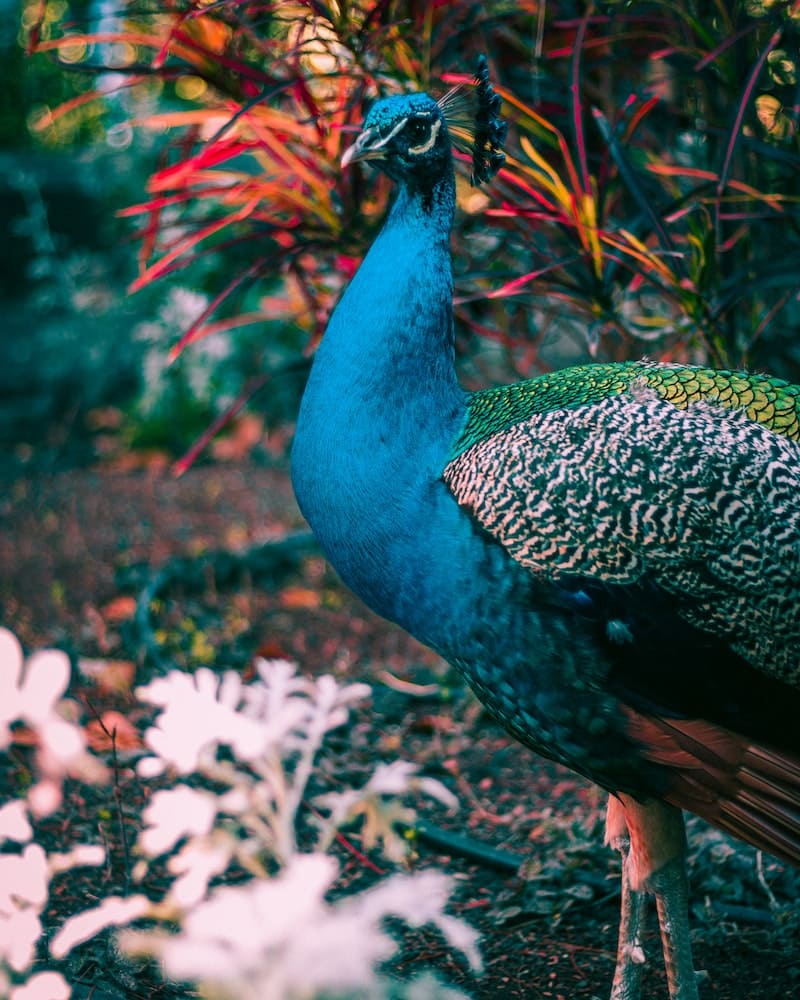
Peacocks evolved to have long tails because the tail feathers provide a mating display that attracts mates. The tails are also important for flight, but over time, some peacocks stopped flying altogether and became sedentary. Although peacocks are able to fly, not all of them do. There are several reasons for this.
- First, peacocks are relatively heavy birds, and their wings are not well suited for long-distance flight.
- Second, the tail feathers of a peacock can be up to three feet long, making it difficult to maneuver in the air.
- Third, peacocks typically live in densely forested areas, which make it difficult to take off and land.
- Fourth, peacocks often roost in trees, and they generally prefer to stay close to the ground.
- Finally, peacocks mate on the ground, and the females typically build their nests in trees or bushes.
For all of these reasons, it is not surprising that peacocks do not typically fly. Moreover, by being unable to fly, the peacock is less likely to be eaten by predators.
Additionally, the tails of flying birds are often shorter than those of non-flying birds, as they need to be lighter in order to allow flight. As a result, the peacock’s long tail feathers serve as a deterrent to predators and help the bird survive in the wild.
There are some more reasons why all peacocks don’t fly. One reason is that many peacocks live in areas where there is no need for them to fly in order to find food or escape danger.
Another reason is that flying takes a lot of energy, and peacocks can get by just fine without flying. So, this is why not all peacocks fly. If you want to know how far can a peacock fly, check the heading above.
Can Peacocks Find Their Way Back Home?
Though they are often kept as domesticated animals, peacocks have a strong migratory instinct and will fly away if given the chance. When they do so, they typically travel great distances, up to 500 miles in a single journey.
Given that they generally only live for around 20 years, this means that peacocks have to be able to find their way back to their home territory in order to breed and ensure the survival of their species.
So how do they do it? Researchers believe that peacocks use a variety of cues to help them navigate, including the position of the sun, the earth’s magnetic field, and even the stars. By taking all of these factors into account, peacocks are able to make an incredibly long journey and find their way back home.
What Is A Peacocks’s Wingspan?
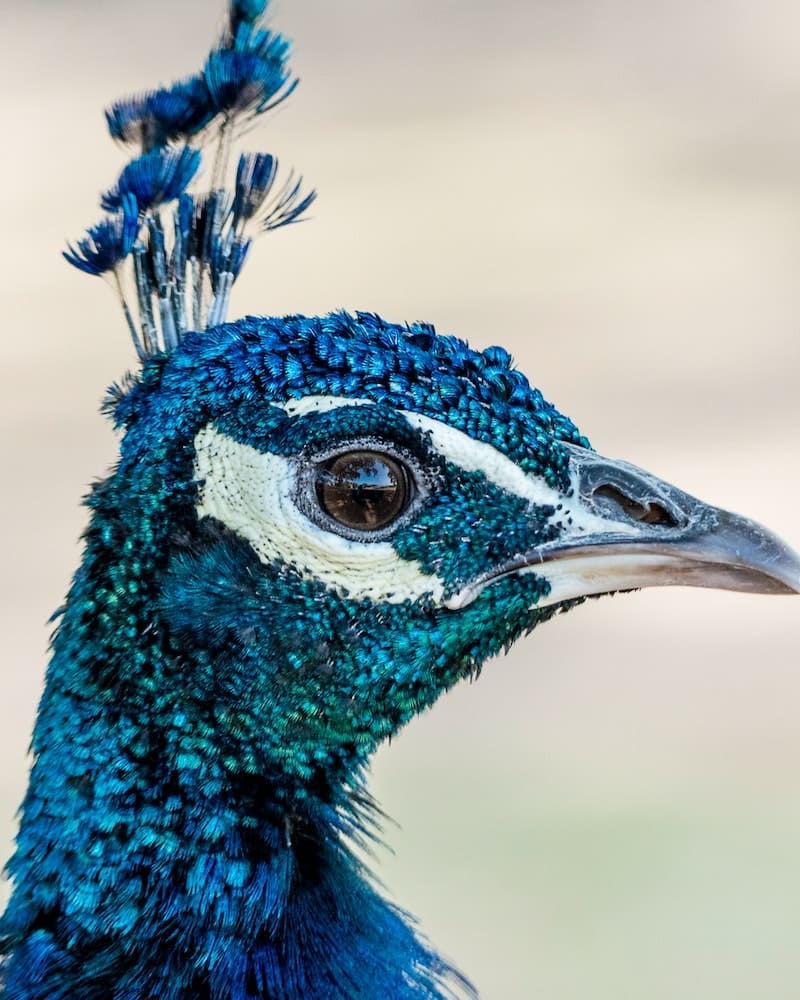
The peacock is a magnificent bird that is easily recognized by its distinctive tail feathers. But did you know that the peacock also has an impressive wingspan? The average wingspan of a peacock is between six and seven feet. That means that the peacock’s wings are almost as long as its tail!
The peacock’s wings are used for balance and to help the bird take off the flight. The primary feathers of the peacock’s wing are also important in attracting mates. When the peacock fans out its tail, the primary feathers form a beautiful train that is sure to catch any potential mate’s eye.
So, next time you see a peacock, be sure to admire its stunning wingspan! Plus, if you want to know how far can a peacock fly, check the heading above.
Conclusion
So, now we know how far can a peacock fly. To remind you, the answer to this question is still being researched, but we do know that peacocks are capable of flying long distances. In fact, one study showed that some peacocks were able to fly up to 1,500 miles!
That’s pretty impressive when you consider the size and weight of these animals. Plus, a peacock was recently spotted in the United Kingdom after having flown all the way from India!
It’s amazing how these creatures can travel such great distances and still find their way back home. If you’re ever feeling lost, just remember that even peacocks can find their way back with a little bit of luck and some navigational skills.
Interesting articles:

